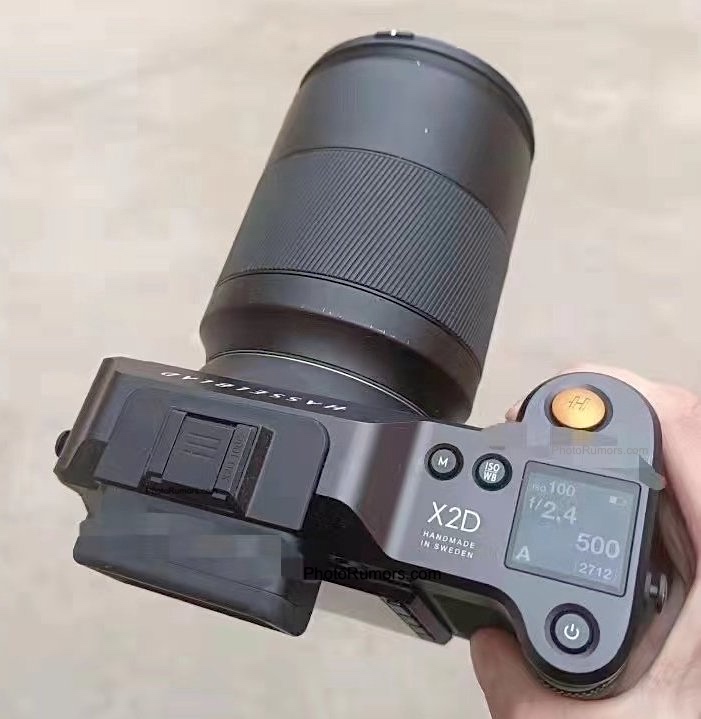We've had speculation and rumors based on photos of dubious origin and authenticity. We've had speculation and rumors for three years based on an X1D design patent filed by DJI in China. [A
design patent is protection from knockoffs of your product that are too similar to yours in appearance. It's a patent on how a product looks.] In the U.S.
the design patent for the X1D is under Hasselblad's name. Design patents are not an indication of anything other than your desire to protect the unique look of your product from imitators. It's logical that in China DJI holds the design patent given that they're based there. In the U.S. it's Hasselblad as they've had a subsidiary located there to protect their trademarks and patents for decades before DJI existed. I wouldn't get too excited over design patents. It's the
utility patents which cover functionality of a device.
Hasselblad received a design patent in December, 2019
for the V1D concept camera that they showed in
2016 at Photokina. These design patents are not about function. Those that want to speculate can continue (and likely will) with rumors based on a camera's appearance as seen in design patents or Photoshopped images from rumor sites.
But if you want something more substantial (and functional) about which to speculate, the link below is to the
utility patent granted this year to Hasselblad for a camera sensor image stabilizer. I'm happy because it also mentions multi-shot applications in the patent and I've been using multi-shot for 25 years.
https://uspto.gov/Hasselblad Image Stabilization Patent-11228713-Jan-18-2022
The patent above was filed in July, 2020 as a continuation of another patent filing from 2018. So, this appears to be a long term research and development project for them.





